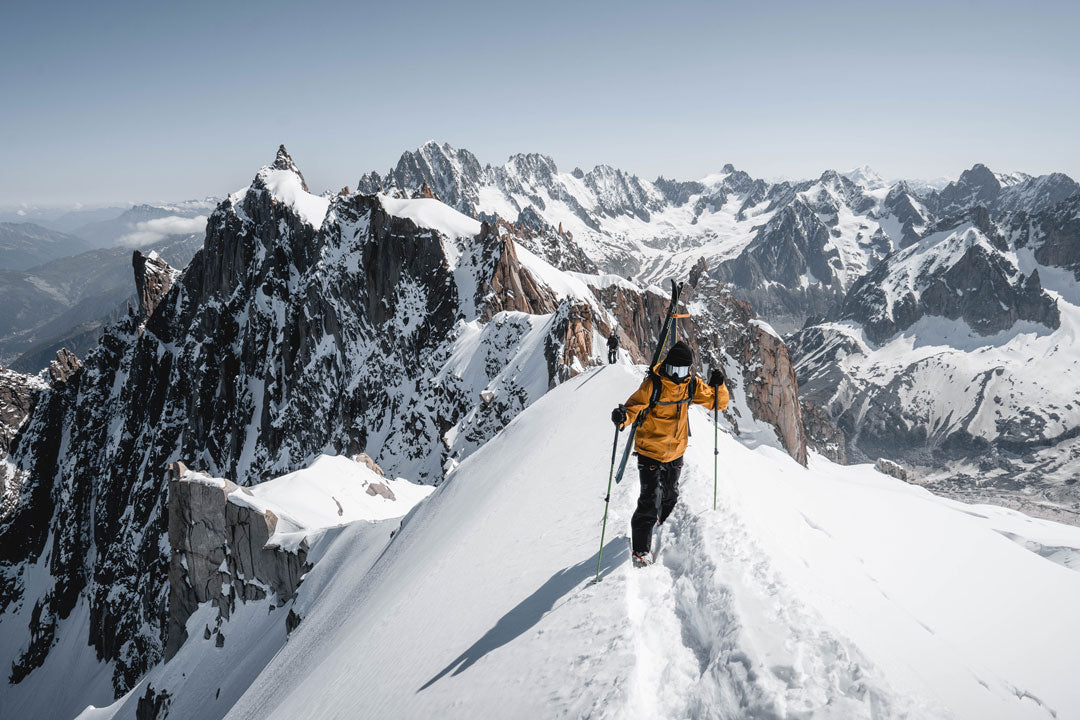
How to choose the right pair of alpine skis
How to Choose Skis
There are a ton of variables to consider when buying a pair of skis. Few things are worse than shelling out the big bucks on a pair of skis, only to find your first day on them that they aren't at all what you wanted. We’ve broken down ski purchase decisions into three key steps: 1) Physicals 2) Terrain 3) Ski characteristics
STEP 1: HEIGHT AND WEIGHT
How to Size Skis
Height is a dominant factor when choosing the correct size of a pair of skis. Your ability to bend and leverage a ski in tight terrain is directly related to your height and weight. Often times heavier skiers can more deeply flex a ski, weight is also something to consider later on when you’re choosing ski characteristics.
When deciding how to choose ski length, the general recommendation for skis is somewhere between your chin and the top of your head. Beginning skiers typically should choose a ski closer to chin height, intermediate skiers should choose a ski between eye and nose level, and advanced skiers will want a ski that is close to the same height as them.
STEP 2: TERRAIN, ACCESS AND ABILITY

Where will you be using your next pair of skis?
Nothing's worse than showing up on your first backcountry tour with a pair of alpine bindings and heavy skis. You’ll end up spending the day boot-packing everywhere and are guaranteed to look like a jerry on the mountain. If you ski in the backcountry, a general rule of thumb is to keep your skis light and versatile. If you’re skiing inbounds at a resort, any ski from a traditional carving ski to a powder-specific ski can do the job.

What type of terrain will you be skiing with your next pair of skis?
If you’ll be accessing your turns via a lift, the ski options are endless. Generally speaking, if you want a hard-charging ski that will bust through any crummy snow with ease, start looking at skis with titanal in their construction. They’ll be a bit heavier, but that added weight and power will help you keep your edges locked up even on East Coast ice.
Are you the guy or girl on the mountain who shouts out to your mates “Hey! Watch this!!” before promptly sending yourself off a cliff? If so, we’d recommend a slightly longer ski that’s good and stiff which will provide a nice set of landing gear for those times when you send it a little too deep approaching the flats. Maybe being the fastest skier on the mountain isn’t your thing-do you like to spend your time on groomed runs, or in the trees, glades and back bowls of a resort? If you like groomed runs and love making a lot of turns, we’d highly recommend a slalom (short in length, narrow turn radius) ski as your daily driver. If you love skiing off-piste, bumps, or tight lines, you’d benefit from a more versatile and slightly fatter ski.
STEP 3: SKI CHARACTERISTICS AND CONSTRUCTION
So you’re an inbounds skier who wants a single ski that can go anywhere on the mountain and will hold up for years to come. In order to make sure you find your goldilocks, we highly recommend you take a look under the hood of a ski and learn more about what type of characteristics you like.

Sidecut (turn radius)
Gone are the days of 200+ cm skis with less than 5mm of sidecut. Skis have transitioned to more of a parabolic shape over the years. We like to think of sidecut as your skis “autopilot” system. Yes, it’s true that a good skier can carve just about any width turn on any pair of skis, but the sidecut of a ski helps determine how the ski will naturally want to turn. Some like it tight and narrow, others want to go straight and turn very little. Generally speaking, a ski with a turn radius of 15 meters or less will be very playful and nimble. Skis with a 15-22 meter radius make great daily drivers for skiers who want a ski that can “do it all”. Skis that have a 22+ meter turn radius are generally known as more of a fall line, or minimal-turn ski, they like high speeds and really wide turns.

Flex profile (stiffness)
While stiffness used to be a major measure of performance, nowadays ski stiffness (tip-to-tail) is almost as much about personal preference as it is about performance. If you want a ski that will allow you to butter all over the mountain (deep tail press or toe press) you’ll likely want a ski with a slightly softer flex profile that is considered more ‘jibby’. If you want a ski that will give you a lot of feedback about the type of snow and terrain you are skiing, consider opting for a ski that’s a bit stiffer. Simply put, the soft flex rides like a Cadillac, firm skis ride like a sports car.
One thing we forgot to mention is torsional stiffness. Torsional stiffness refers to the stiffness of a ski from edge to edge. A ski that is very torsionally stiff will help you hold an edge in firm snow conditions. In order to achieve a torsionally stiff ski manufacturers typically reinforce the construction with carbon fiber or a metal laminate layer that adds power and stiffness to the ski.

Rocker Profile
When looking at the rocker profile of a ski, the points of contact with the mountain, there are generally three types of rocker profiles: traditional, modern, and fully rockered.
Traditional
A fully cambered ski feels right at home on groomed runs. Traditional skis are the profile of choice for ski racers, beginner and groomer skiers alike. The traditional shape helps you hold an edge on firm snow and provides a lot of power and spring when linking your turns.

Modern
Many of the skis you see on the hills today are what is considered a modern design. A ski with rocker in the tip, camber underfoot, and rocker in the tail will allow you to ski all over a mountain with ease and is a blend of the best of both the fully rockered and fully cambered ski shapes. Having rocker in the tips will keep your ski playful and easy to turn, it will also help your skis stay afloat in deep snow. The cambered section underfoot provides a springy platform that helps the ski provide power during turn transitions and gives you grip on the piste. It’s worth noting that in very firm, icy conditions the rockered sections in the tip and tail typically do not come in contact with the snow which actually makes the ski feel like it is shorter than the length suggests.

Fully Rockered
With roots firmly placed in the surf world, fully rockered skis were first introduced to the ski world in the early 2000s. Fully rockered skis are typically reserved for extremely deep powder days. The world's first fully rockered ski with sidecut was produced by Stephan Drake and Peter Turner, its aim was to provide a more versatile skiing experience while on a fully rockered ski shape. If you’re in the market for a fully rockered ski, plan to use your ski sparingly because of its typically poor performance on firmer or shallow snow.
Shop For Skis
If you are looking for a pair of skis, check out our ski collections to find the right one that fits you. Don’t forget to buy a pair of poles as well! Also, check out all of our collections to see everything we have at gear.com!


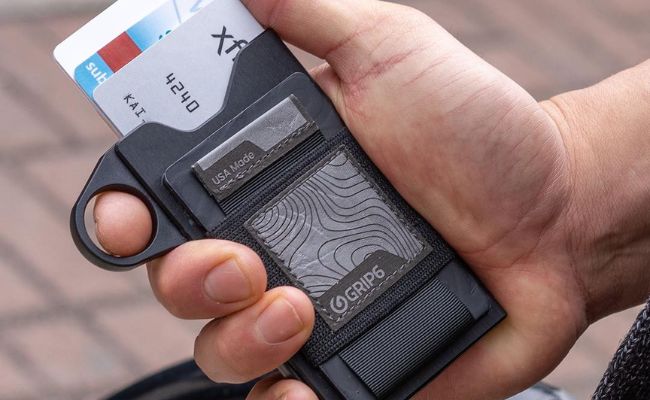
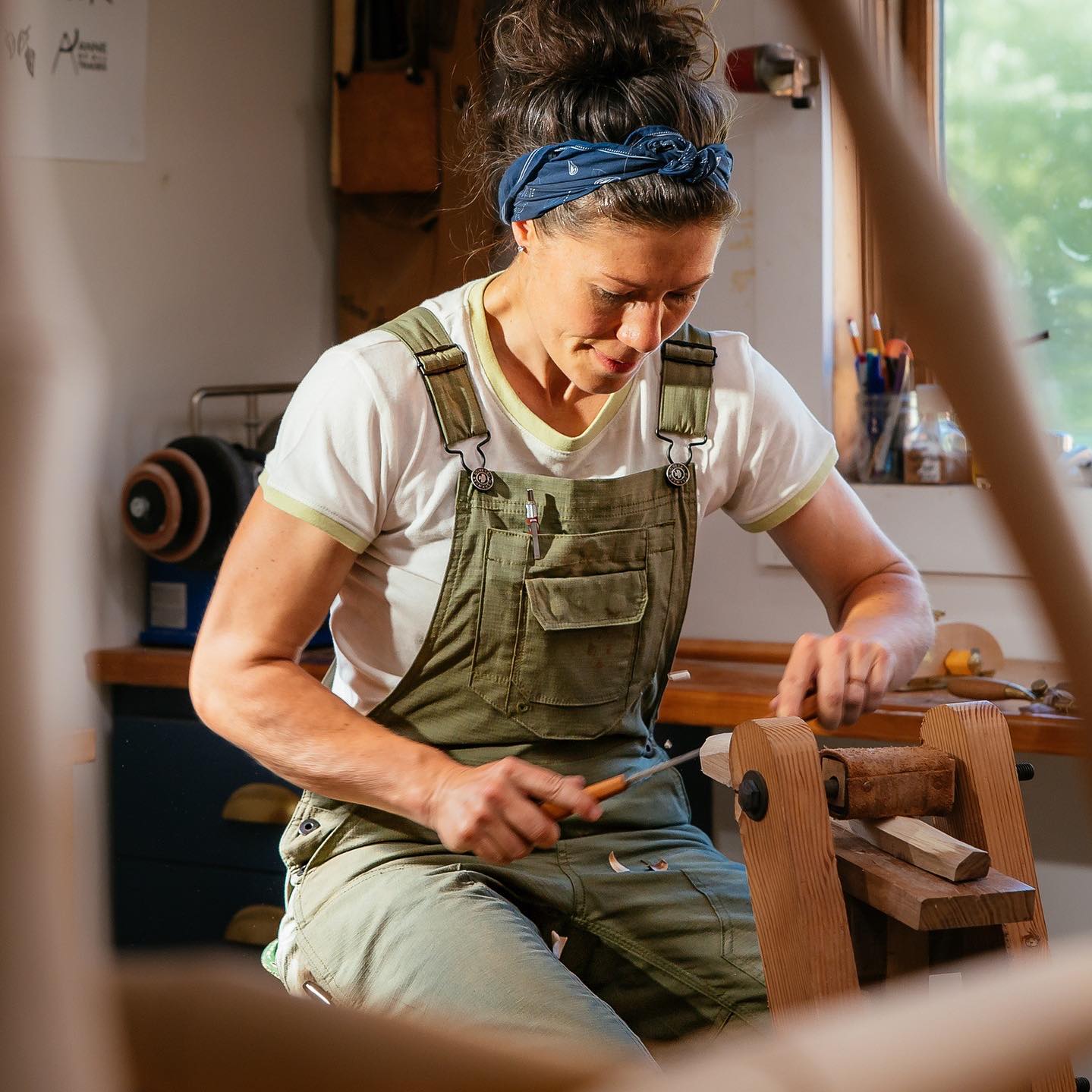
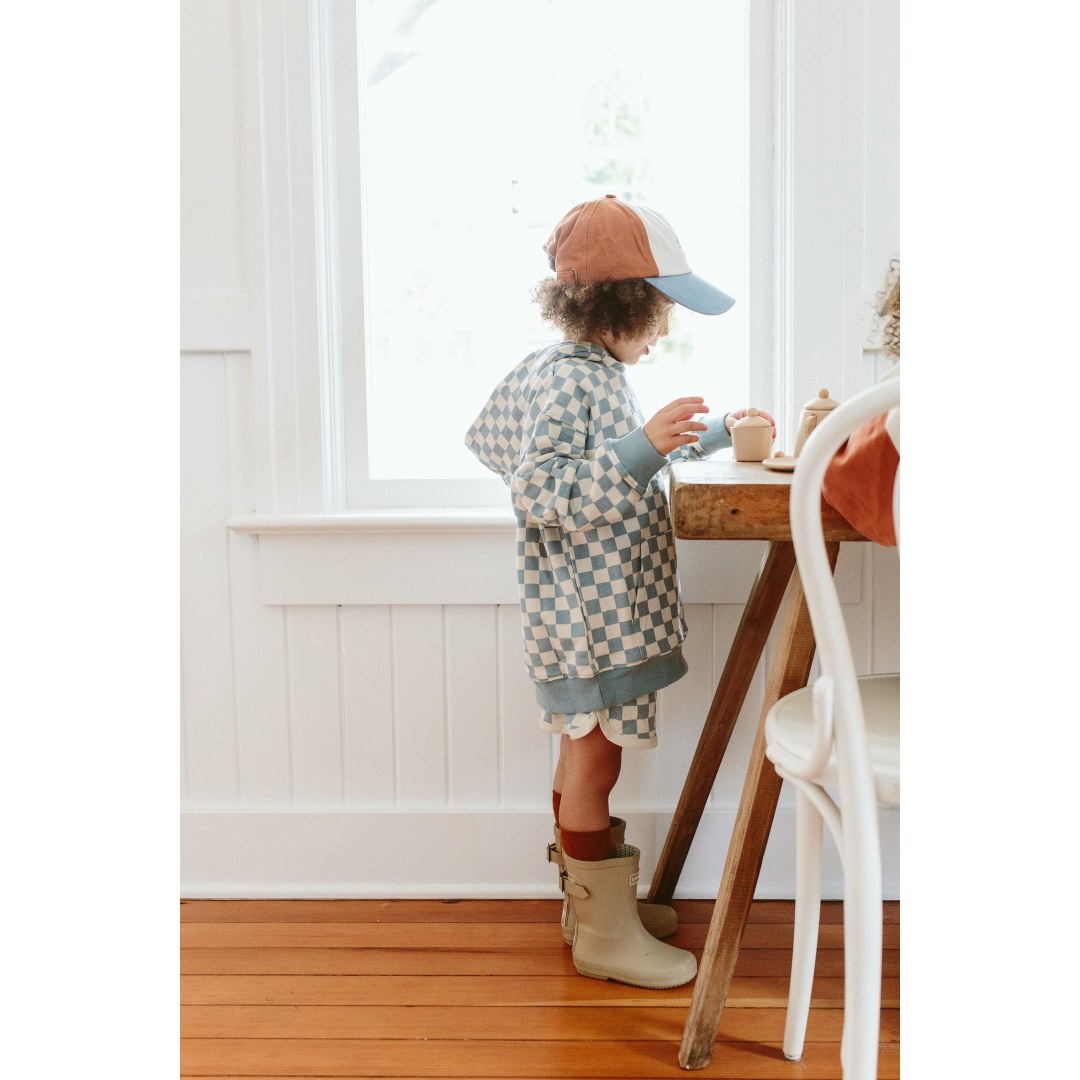
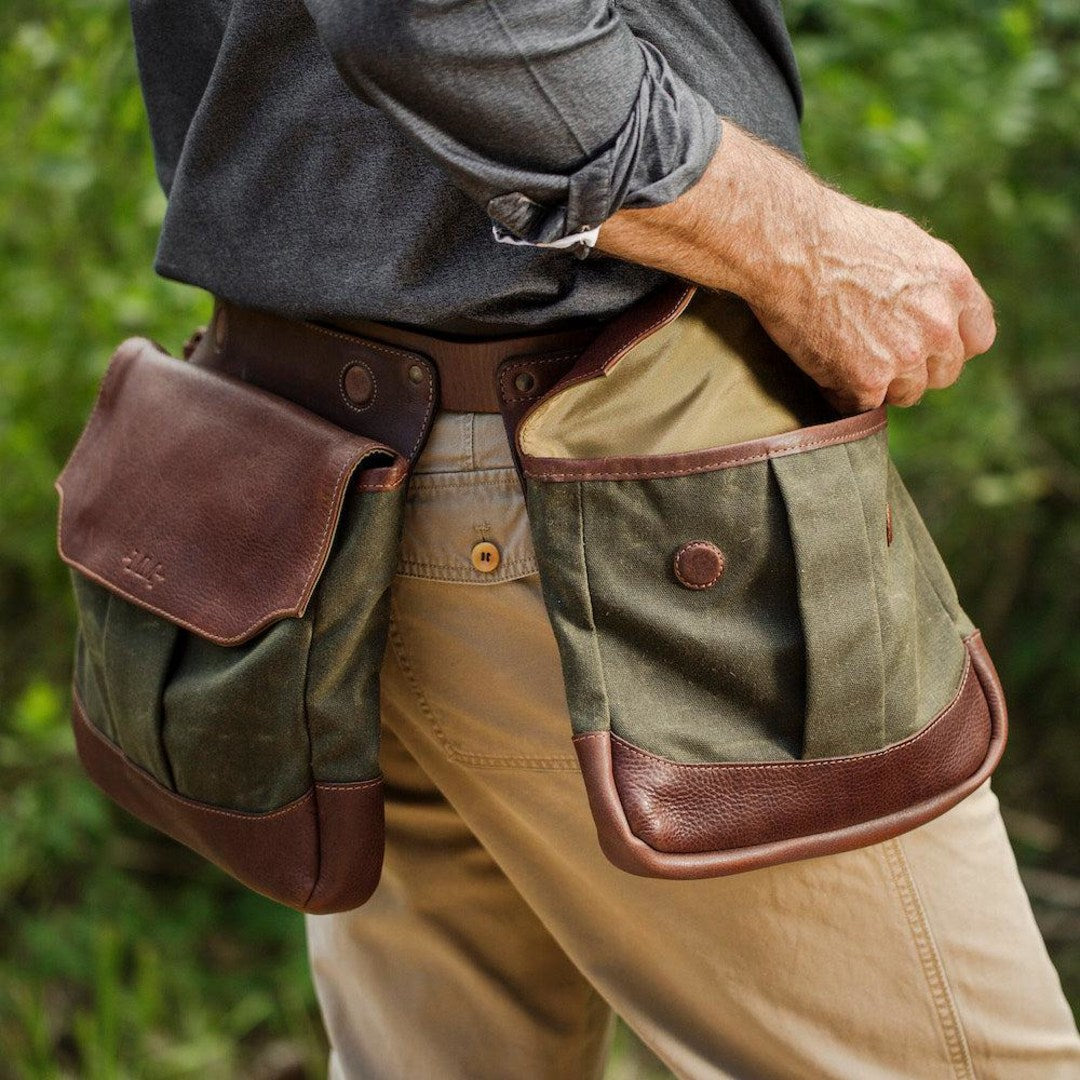
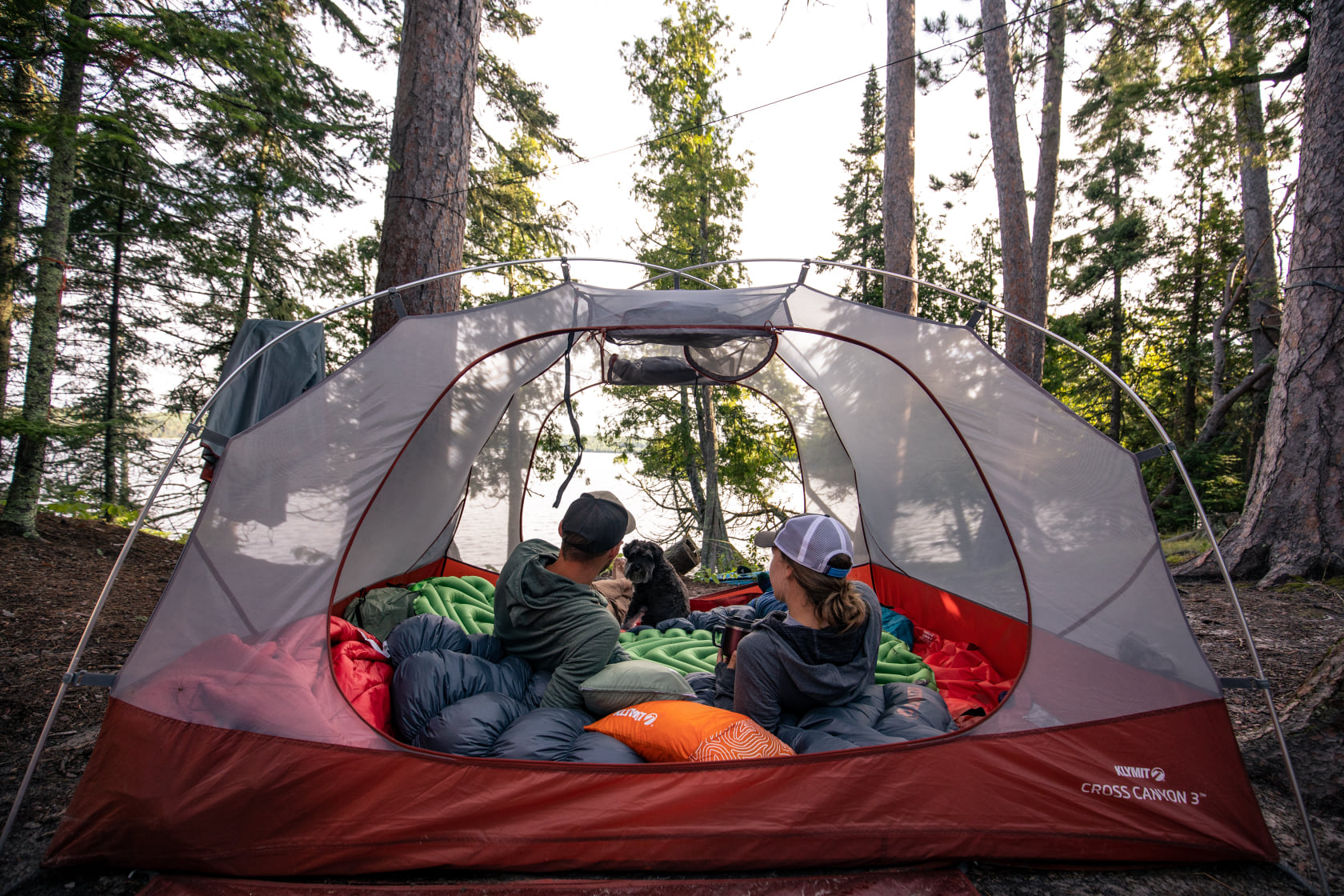

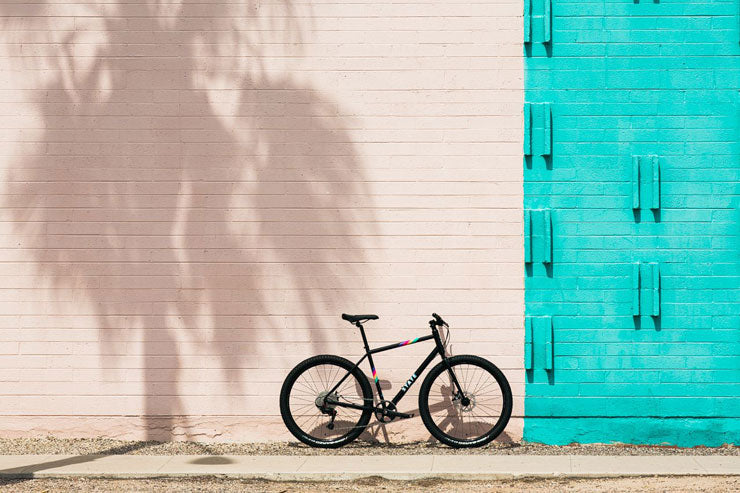


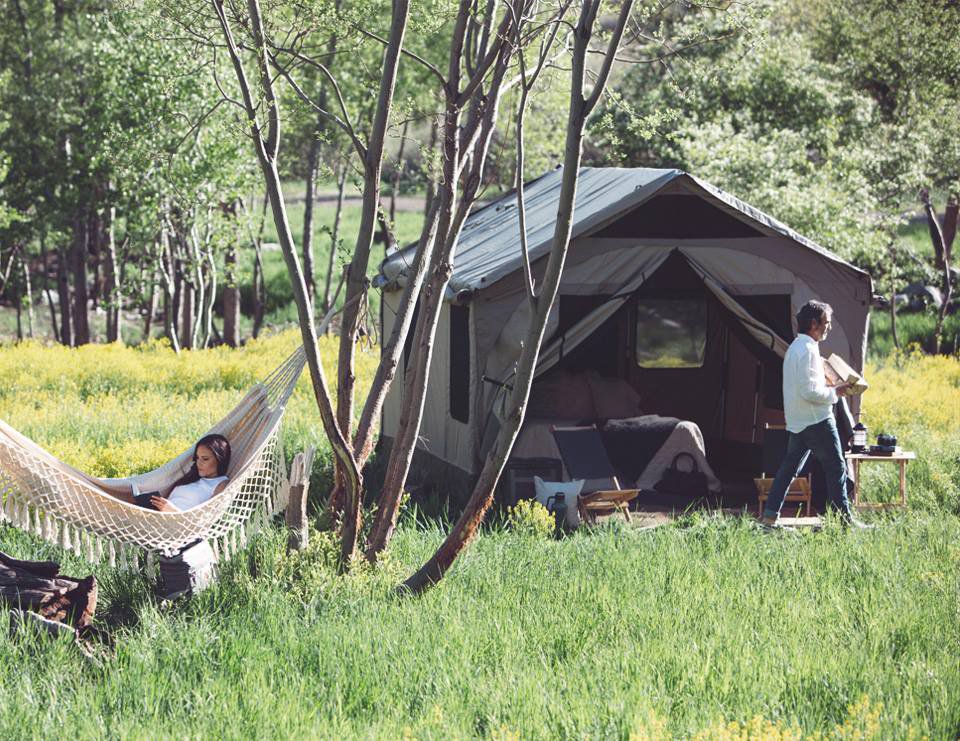
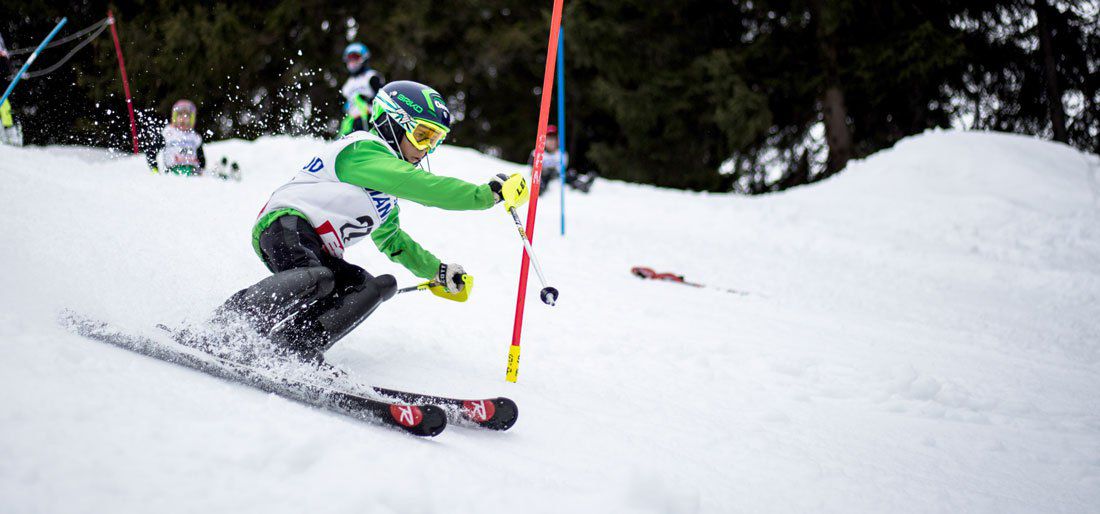
Leave a comment
This site is protected by hCaptcha and the hCaptcha Privacy Policy and Terms of Service apply.